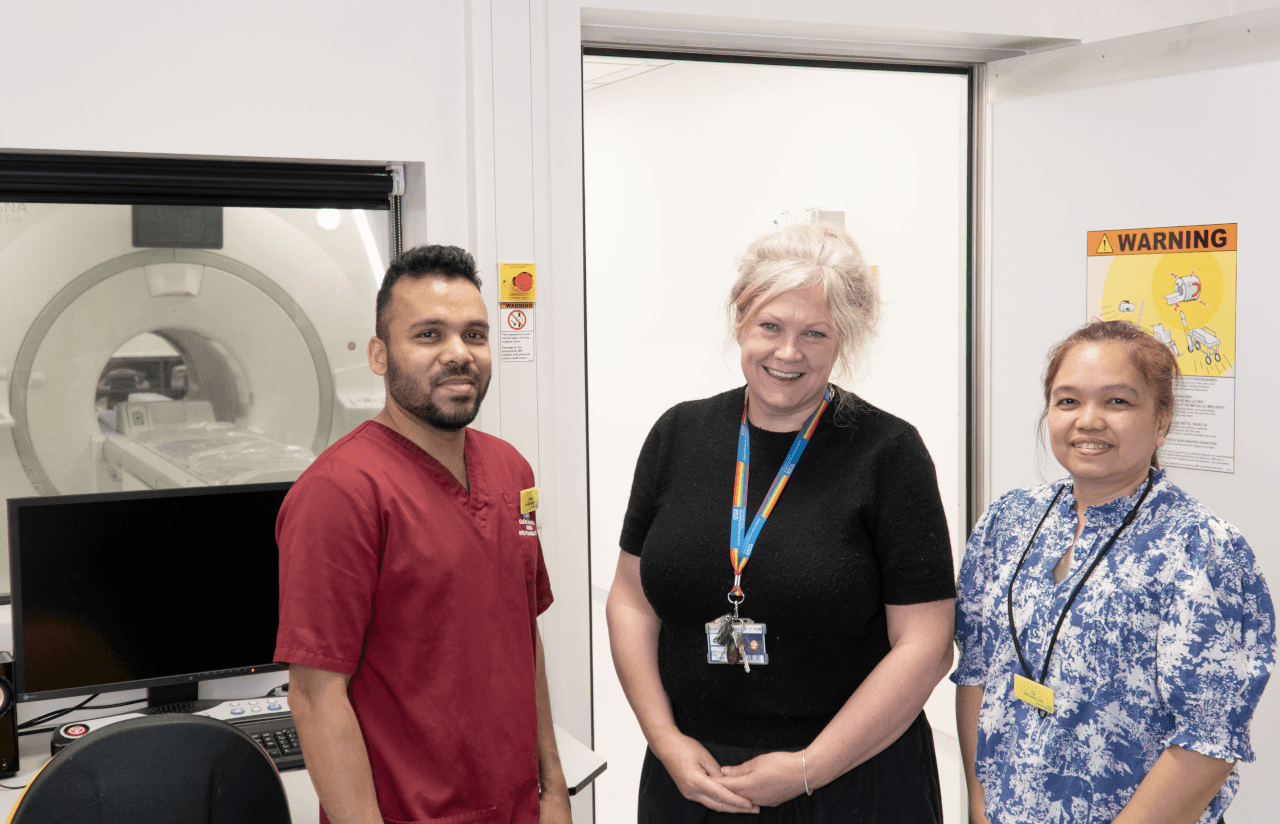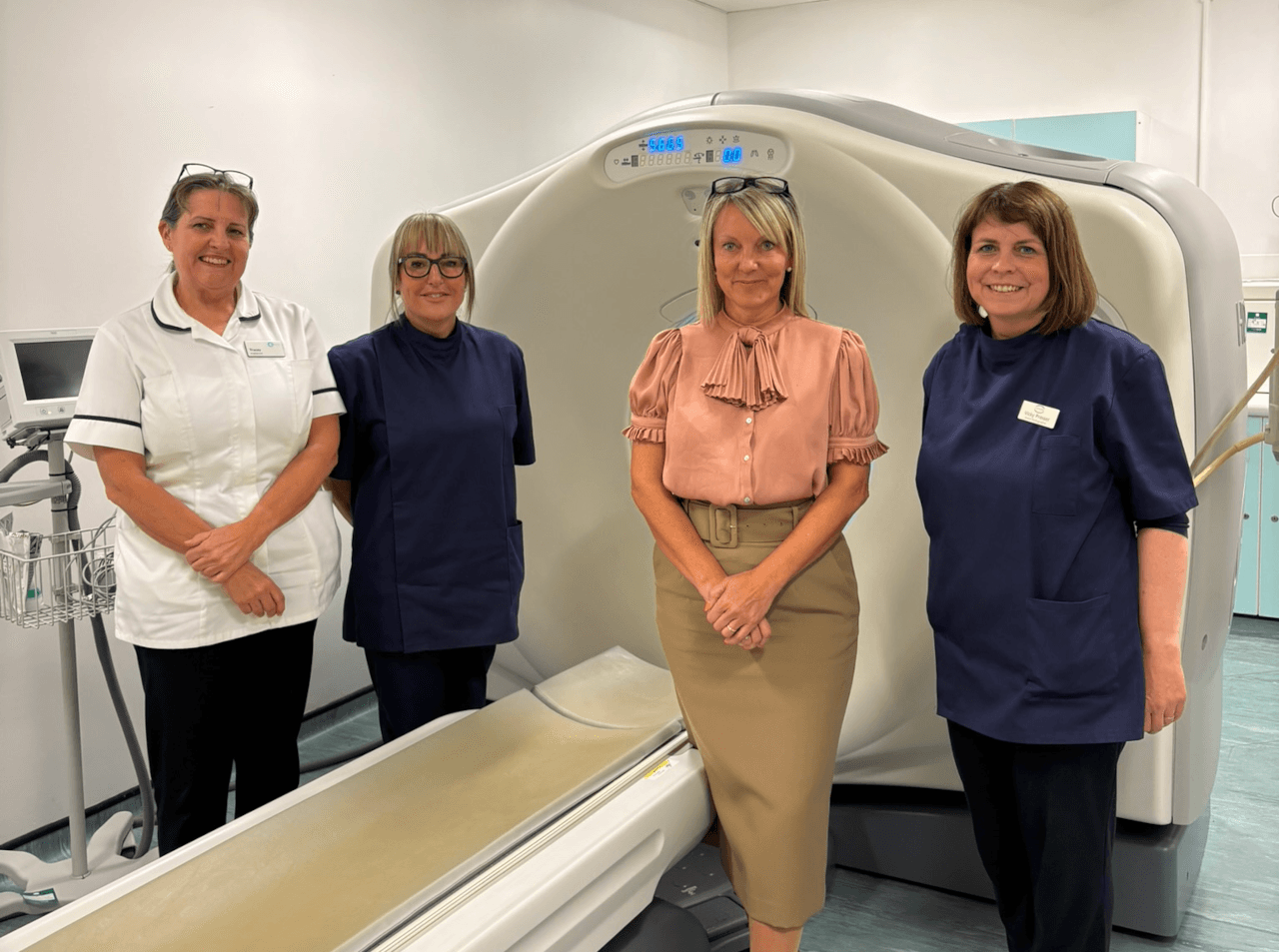Hexarad and Newton’s Tree form partnership to transform how hospitals access AI

Radiology technology company Hexarad is collaborating with enterprise-wide AI platform Newton’s Tree to transform how NHS radiology departments access technology, including AI tools.
The partnership will combine Hexarad’s technology-enabled teleradiology and proprietary software platform with Newton’s Tree’s vendor-neutral AI platform to reduce NHS radiology departments’ reliance on manual processes and enable them to trial, adopt and evaluate AI tools more easily. Hexarad’s teleradiology and workflow management software platforms are already used in NHS hospitals across the UK, and the integrated platform will help radiology departments manage and reduce reporting backlogs, ensuring faster diagnosis and treatment for patients.
Newton’s Tree ceo and NHS consultant clinical scientist at Guy’s and St Thomas’ NHS Foundation Trust, London, Haris Shuaib commented: “By integrating our platform with Hexarad’s teleradiology and workflow management systems, we want to make it easier for NHS trusts to comprehensively evaluate and confidently adopt AI tools. This collaboration is an exciting opportunity to empower clinicians and accelerate AI adoption.”
The Newton’s Tree platform acts as the AI interoperability layer in a hospital, enabling hospitals to download AI applications with all the contracting and deployment built in. This allows clinical staff to evaluate and implement AI tools more quickly and easily, while ensuring that they are safe and effective and without adding to the hospital’s IT administration burden. When combined with Hexarad’s workflow management platform, clinicians will have access to a monitoring dashboard to track the efficiency or cost-saving effects AI tools are having on their radiology department.
Hexarad’s cloud-based technology platform is said to eliminate unnecessary radiology delays by providing teleradiology and also through the OptiRad software tool, which optimises how a radiology department works. This currently includes forecasting capacity, performance analytics, and performing key administration tasks that would otherwise have to be performed by a radiologist. This can include processing and allocating thousands of scans in minutes, cutting down the time it takes to allocate a scan to a radiologist by approximately 90 per cent.
Read this report on page 16 of the November 2024 issue of RAD Magazine.


